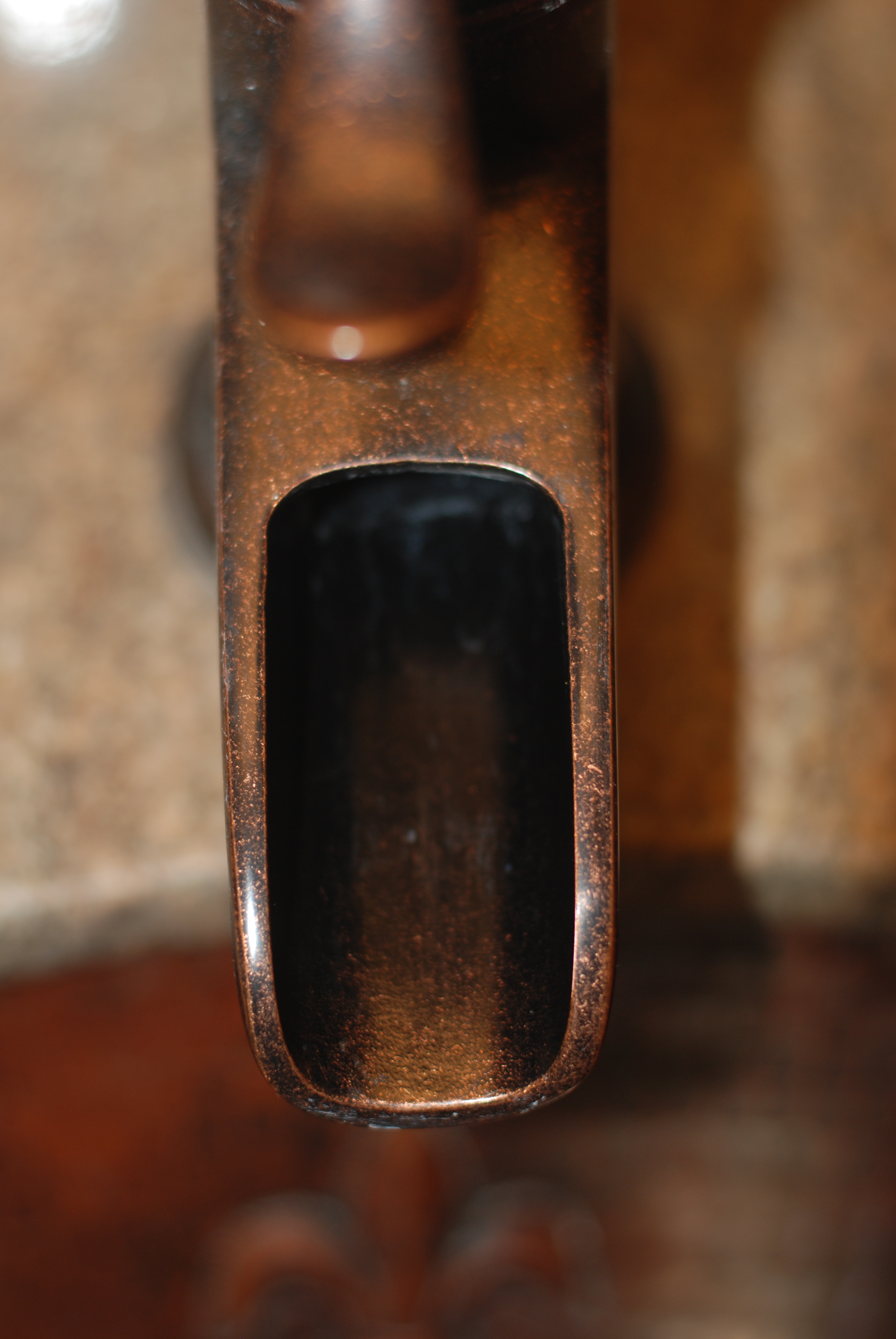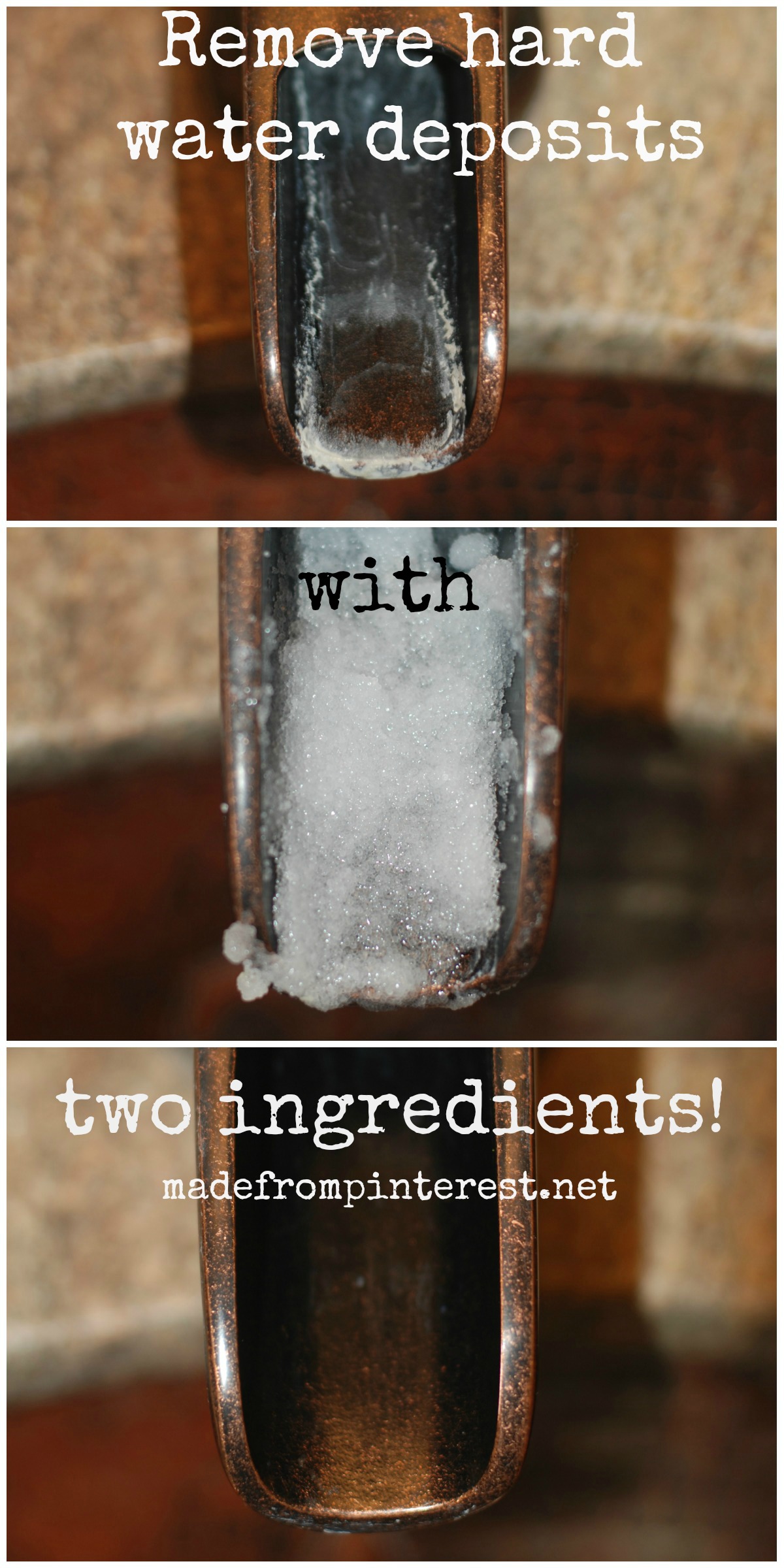Outrageous Tips About How To Get Rid Of Hard Water Deposits

10 steps you can take to lower your carbon footprint.
How to get rid of hard water deposits. How to remove hard water buildup (calcium) from faucets. But new research suggests that a simple solution could reduce microplastics in drinking water: After letting it sit, give it a scrub, then rinse and buff dry.
Let it sit for between 10 and 30 minutes (depending on the. Coat the stainless steel with the vinegar and. Sprinkle 1 cup of baking soda over the stains in the bowl, followed by.
Apply the paste to the hard water spots, let it sit. Don't wait so long that everything dries.
The intricate formation on the top and bottom racks make it difficult for mineral. When water flows into a bed of resin,. Vinegar and baking soda.
An acidic cleaner such as white vinegar, citric acid, or clr. Soak a cloth with warm vinegar. Pour about 1 cup of white vinegar into your toilet over the stains.
Some items you may need include: Sink and tub make a paste out of hydrogen peroxide and cream of tartar and apply it to your sink or tub. Then, place the cloth over your faucet to let it dissolve calcium buildup.
Limescale buildup is incredibly challenging to remove on your dishwasher racks. Wipe off your surface and. Dip a cloth into the mixture, wrap it around the stained item and leave it for up to 10 minutes.
Just fill a spray bottle with white vinegar and spray the hard water stains. Mix equal parts vinegar and water in a spray bottle. Wipe down the stainless steel surface with a clean, damp cloth.
You can also fill a ziploc bag and fasten it over the faucet for the same. To use tang to clean hard water spots, you can make a solution by mixing tang powder with water or dish soap. How to remove hard water stains from sinks wrap the fixture:


















